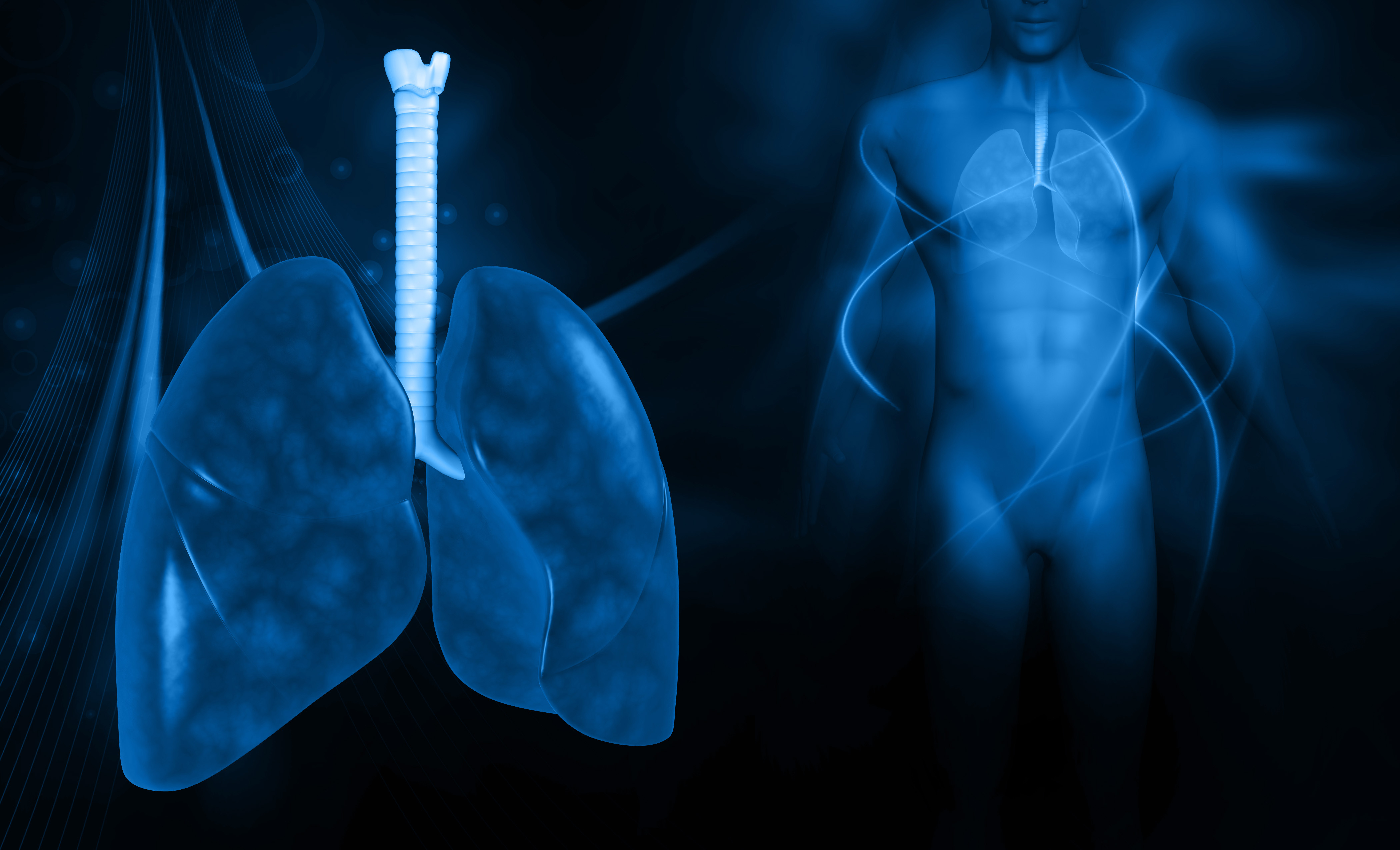Resolved versus confirmed ARDS after 24h: Insights from LUNG SAFE

Resolved versus confirmed ARDS after 24h: Insights from the LUNG SAFE study
EJRC ARTICLE REVIEW
ARDS is persistently associated with unacceptably high mortality approximately 40%. 1,2 Berlin definition criteria for defining ARDS are highly sensitive but, show limited specificity leading to a heterogeneous patient group potentially with false positives. LUNG SAFE & SIESTA network studies highlighted that 24hrs after diagnosis a significant proportion of ARDS had resolved.3,4 but also suggested that those with ARDS that persisted constituted a higher-risk cohort. 5 Madotto et al. recently published their secondary analyses of the LUNG SAFE cohort specifically looking into this question. 5
Objective
To evaluate if reclassification of ARDS after 24hrs provides greater utility for predicting mortality and secondary endpoints.
Methods
Secondary analysis of the LUNG SAFE study was performed analysing 2813 subjects who fulfilled ARDS criteria at 24 hours of admission to a study ICU. Individuals with persistent ARDS and individuals with resolved ARDS on day 2 of the study were evaluated and comparisons made.
Multivariate logistic regression models evaluated factors associated with persistence of ARDS (Demographic and clinical data measured on day 1). Two models were generated from day 1 and day 2. The day 2 model included a new ‘resolved’ group. These methods are complex but appropriate. Patients that died, left critical care or with missing data on day 2 were excluded.
Results
This study found:
- That a significant portion of patients who initially fulfilled clinical criteria for ARDS at day 1 did not do so 24 hours later
- Nearly 24% of these ARDS patients resolved (came out of Berlin definition criteria) whereas 76% persisted to fulfil ARDS diagnostic Berlin criteria on day 2
- 31% improved to a less severe category, 55% remained unchanged and 14% worsened.
- Severe ARDS identified at day 2 substantially increased mortality from 43% to 57% on day 2.
- Mild ARDS resolved in 38% of cases in comparison to 18% in moderate and severe groups.
- ARDS was recognised in 35% of cases but, only 24% in the resolved group. Clinicians do not necessarily depend on the Berlin criteria or may have different thresholds for diagnosing ARDS.
- Overall mortality was associated with higher PIP, lower PEEP, lower P:F ratios, age and respiratory SOFA scores. Highlighting significant morbidity and the deleterious effects of mechanical ventilation.
- Notably Day 2 mortality was associated with higher non-respiratory SOFA scores.
- Ventilatory factors associated with increased mortality predictably were respiratory rate, lower PEEP and higher peak inspiratory pressures.
- Persistent ARDS showed prolonged ventilation to approximately 9 days versus 6 days in the resolved group.
- Perhaps predictably persistent ARDS patients received significantly higher PEEP (8.6 versus 7.8), higher FiO2 (0.6 versus 0.5.) Higher driving pressures (15 versus 13.3).
Conclusions
This is a large study, conducted pragmatically and furthers previous work examining the concept of persistent ARDS in addition to the severity of ARDS and attempts to aid refining the ARDS diagnosis. Severe ARDS identified at day 2 substantially increased mortality from 43% to 57% on day 2. This significantly highlights the burden of persistent severe ARDS. The concept of persistent ARDS and the notion that reclassification may improve specificity is very useful. Delineating a sicker ARDS subgroup is potentially valuable, prompting greater clinical and research focus. Re-classification at 24hrs a priori may prove useful for study design and validating secondary time point analyses. The findings suggest fulfilment of Berlin ARDS criteria at day 2 may be more robust and a potentially useful secondary definition. This work also refreshes the debate regarding the utility of current ARDS definitions.
This article review was produced by Dr Rhodri Handslip and Dr Brijesh Patel,Imperial College London on behalf of the EJRC.
References
- Matthay and Hopkins. Ventilation With Lower Tidal Volumes As Compared With Traditional Tidal Volumes for Acute Lung Injury and the Acute Respiratory Distress Syndrome. N Engl J Med. 2000;342(18):1301-1308. doi:10.1056/NEJM200005043421801.
- Bersten AD, Edibam C, Hunt T, Moran J, The Australian and New Zealand Intensive Care Society Clinical Trials Group. Incidence and Mortality of Acute Lung Injury and the Acute Respiratory Distress Syndrome in Three Australian States. Am J Respir Crit Care Med. 2002;165(13):443-448. doi:10.1164/rccm.2101124.
- Bellani G, Laffey JG, Pham T, et al. Epidemiology, patterns of care, and mortality for patients with acute respiratory distress syndrome in intensive care units in 50 countries. JAMA – J Am Med Assoc. 2016;315(8):788-800. doi:10.1001/jama.2016.0291.
- Villar J, Blanco J, del Campo R, et al. Assessment of PaO2/FiO2 for stratification of patients with moderate and severe acute respiratory distress syndrome. BMJ Open. 2015;5(3):e006812-e006812. doi:10.1136/bmjopen-2014-006812.
- Madotto F, Pham T, Bellani G, et al. Resolved versus confirmed ARDS after 24 h: insights from the LUNG SAFE study. Intensive Care Med. 2018:1-14. doi:10.1007/s00134-018-5152-6.